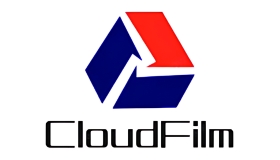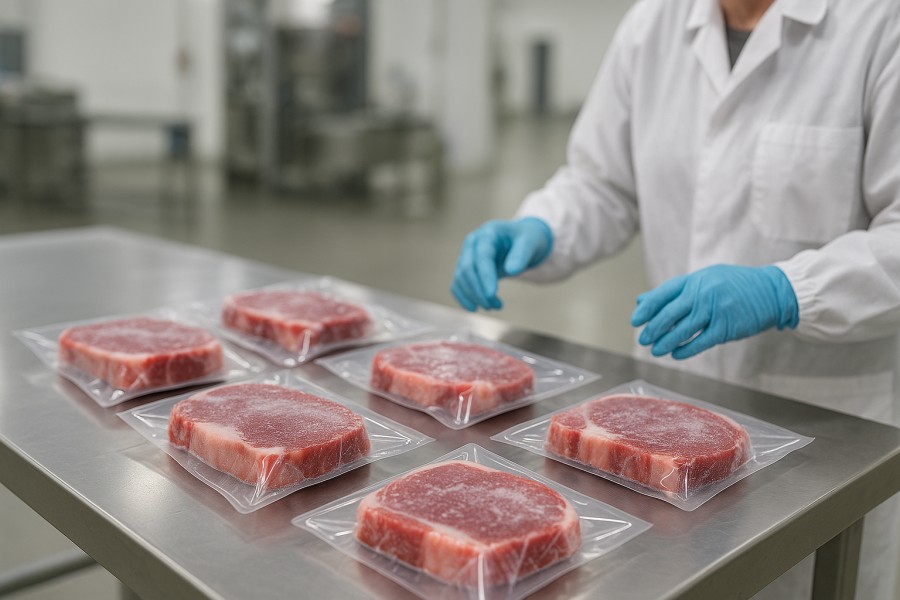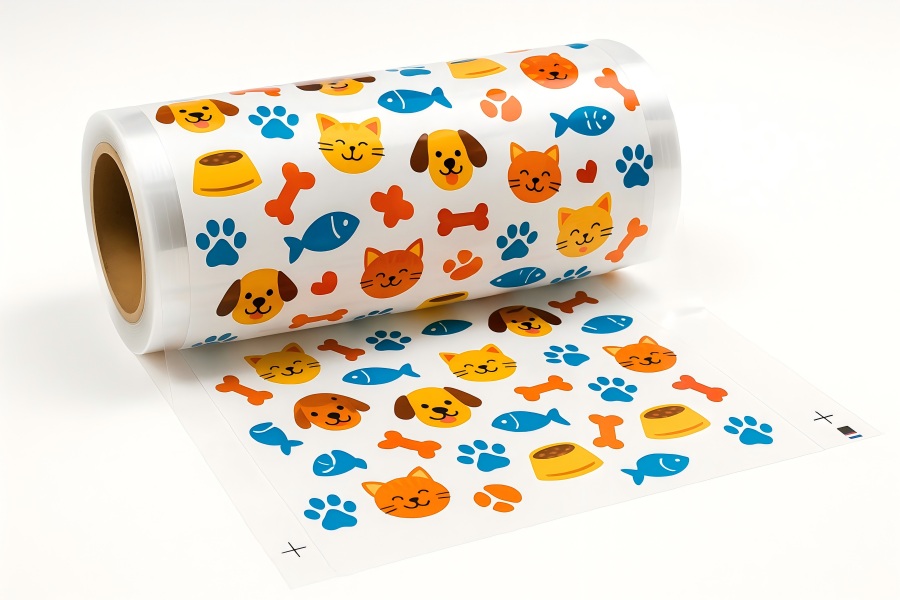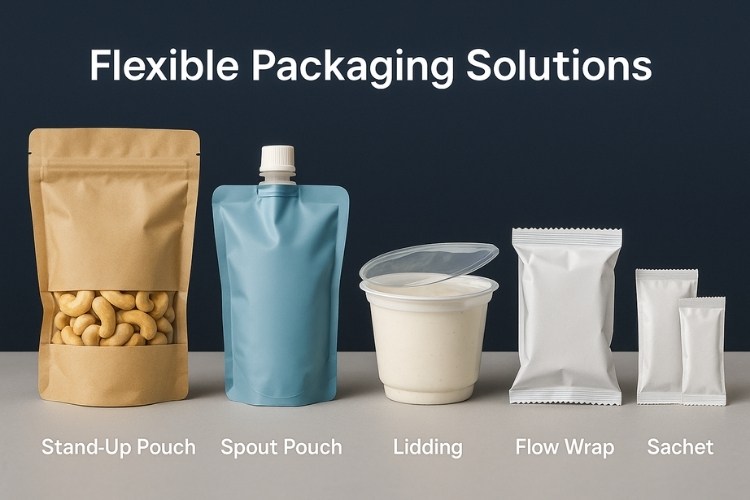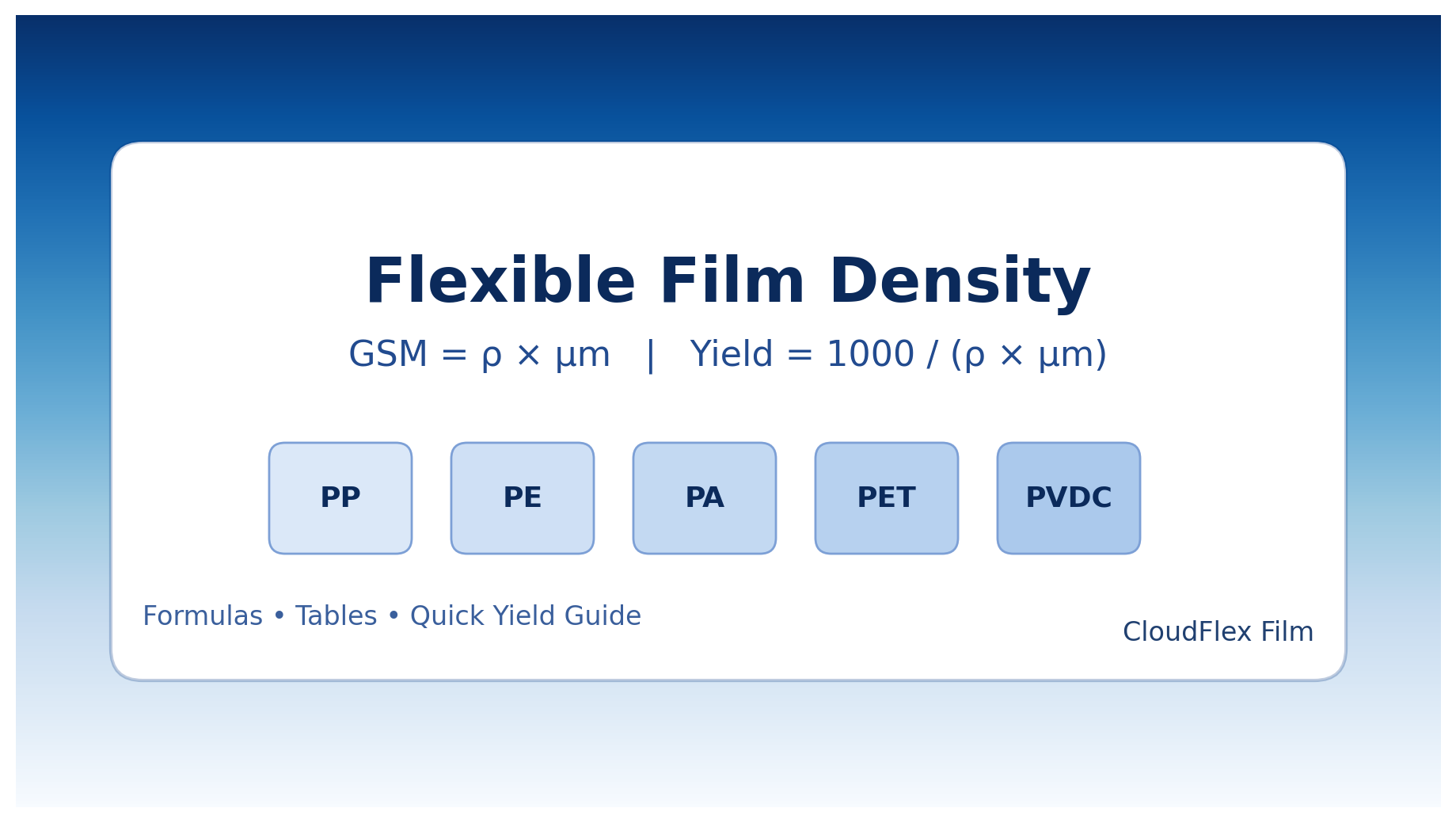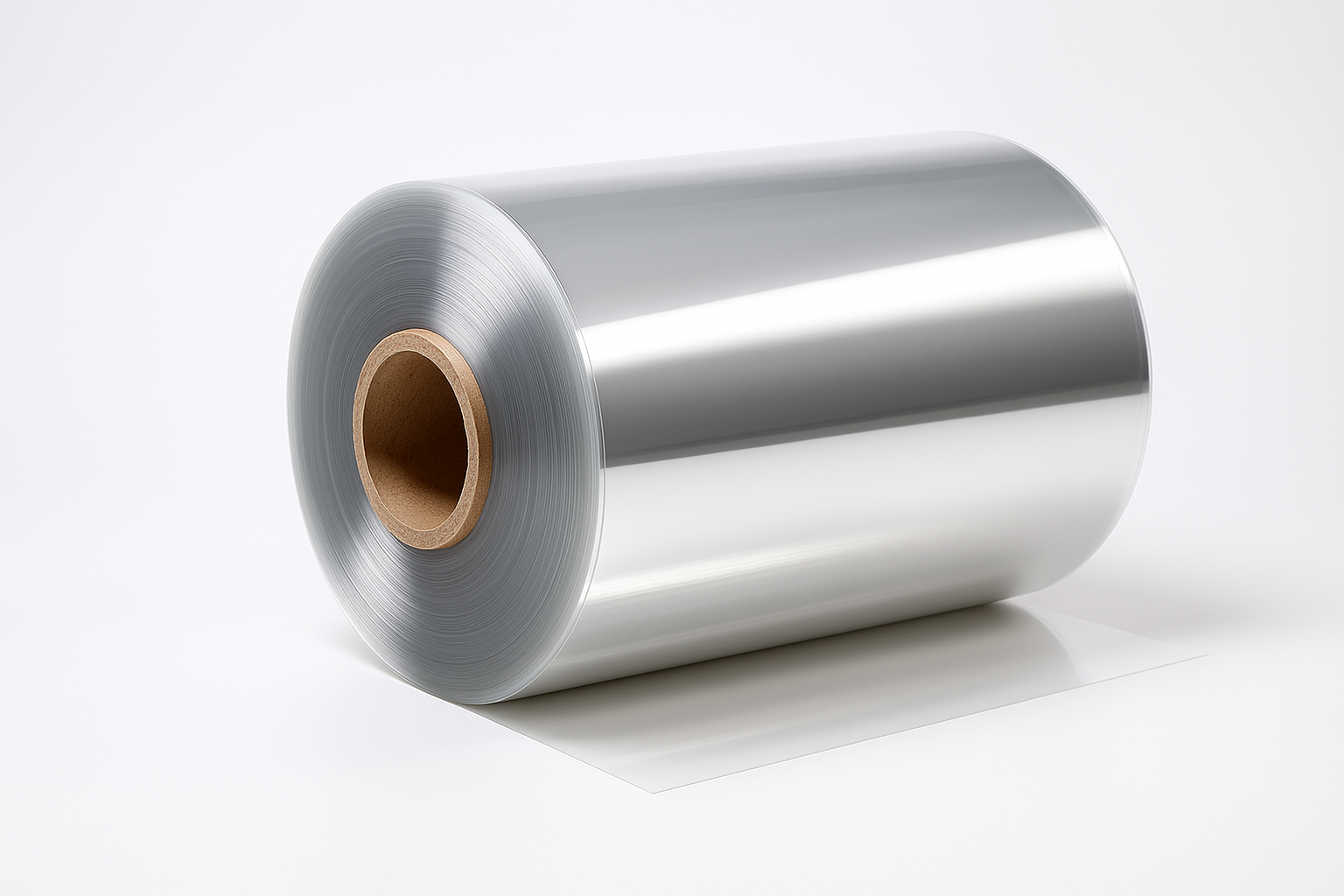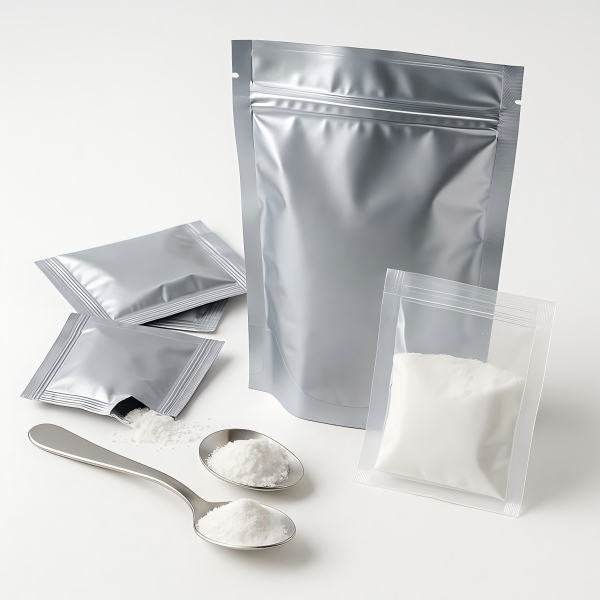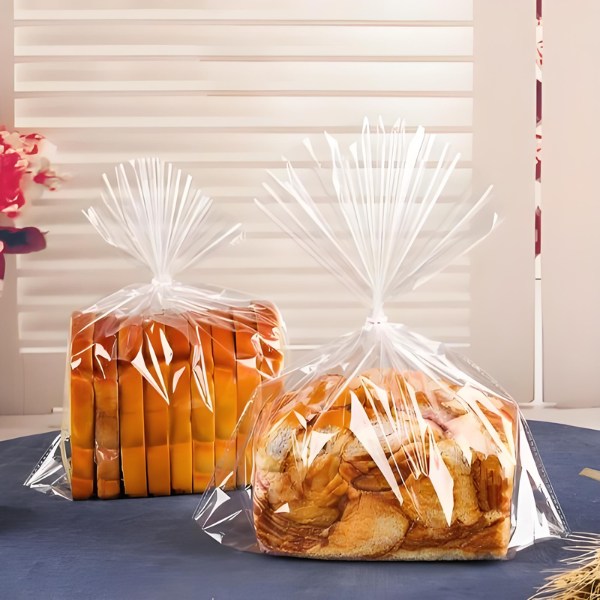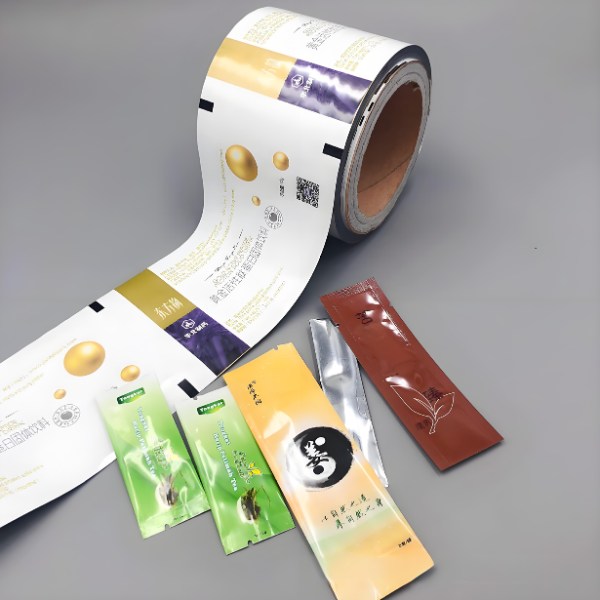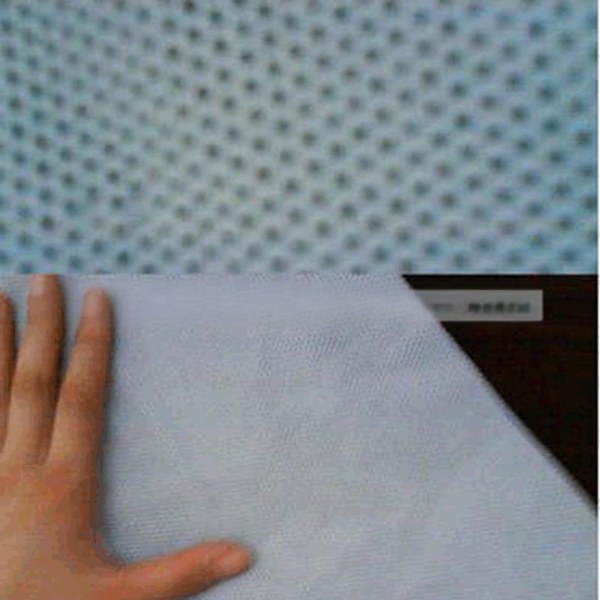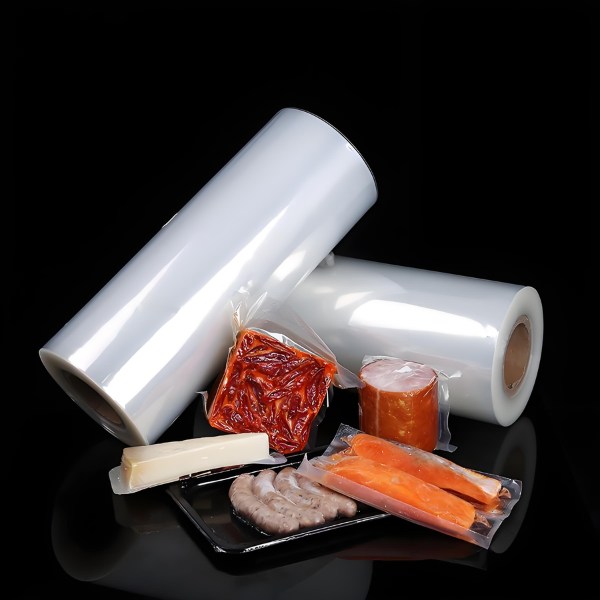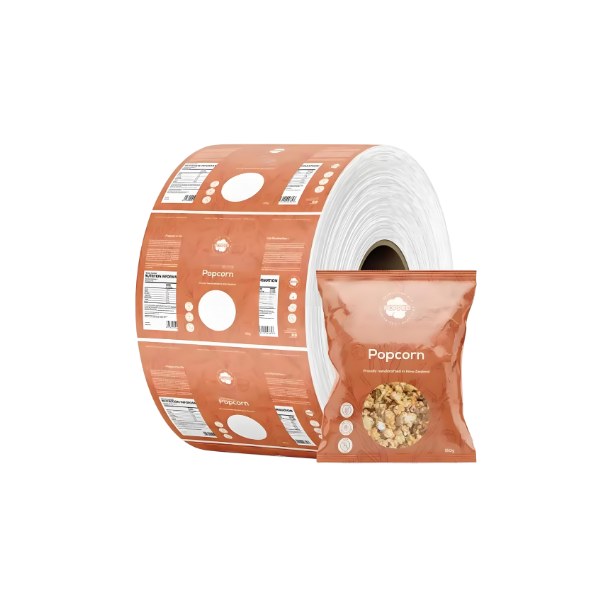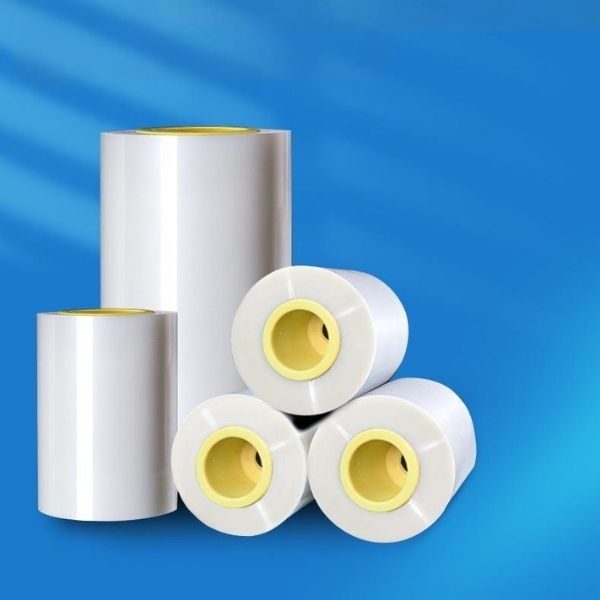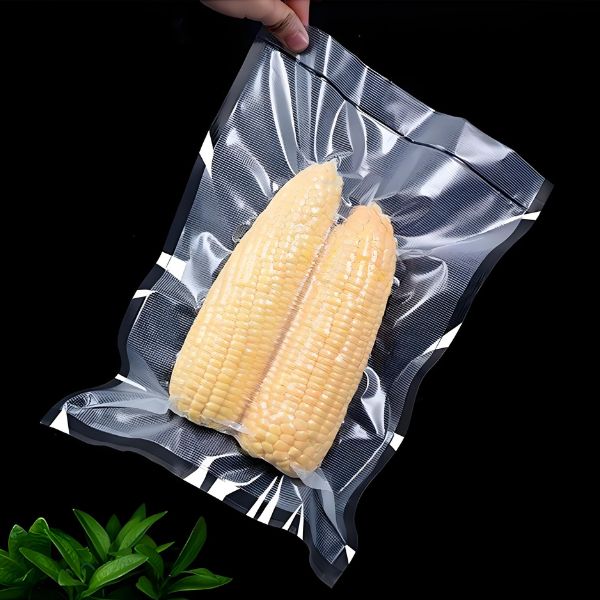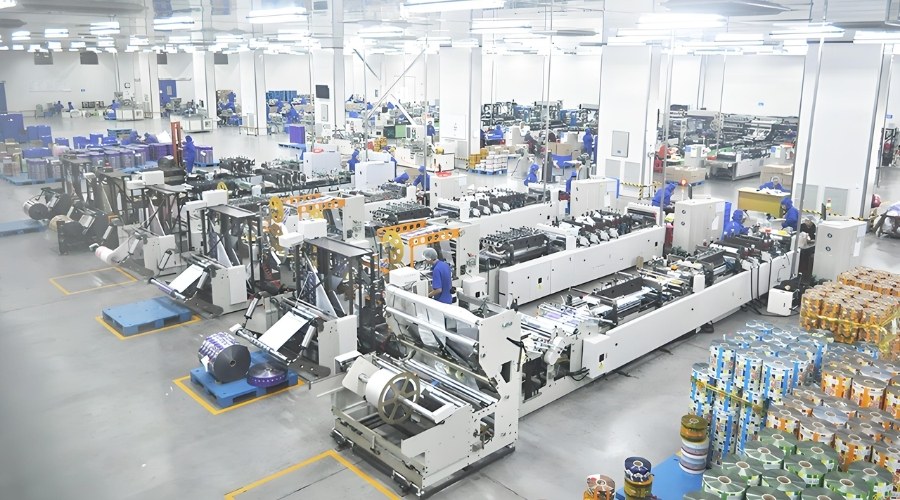
Introduction
In the dynamic world of product packaging, one term that consistently emerges as a game-changer is “All Flex Packaging.” But what exactly does it mean, and why is it revolutionizing industries from food and beverage to pharmaceuticals? If you’re a product manager, a brand owner, or simply curious about packaging technology, this comprehensive guide is for you.
We will delve deep into the definition, benefits, materials, and applications of All Flex Packaging, equipping you with the knowledge to make informed decisions for your products.
What is All Flex Packaging?
All Flex Packaging refers to packaging solutions that are entirely made from flexible materials. These materials can be easily bent, folded, and reshaped without breaking.
Unlike rigid packaging (like glass jars or plastic clamshells), flexible packaging takes the shape of its contents, is lightweight, and is often resource-efficient. Common examples include stand-up pouches, vacuum bags, roll stocks, and squeezable packets.
Key Benefits of All Flex Packaging: Why the Hype?
The shift towards flexible packaging is driven by a powerful combination of consumer and manufacturer benefits.
-
Consumer Convenience: Features like resealable zippers, easy-open tabs, and squeezable formats enhance user experience.
-
Lightweight & Space-Efficient: Flexible packages are lighter than their rigid counterparts, reducing shipping costs and requiring less storage space. They also generate less waste post-use.
-
Superior Product Protection: Advanced materials offer excellent barrier properties against moisture, oxygen, UV light, and contaminants, significantly extending product shelf life.
-
Sustainability: The lightweight nature means a lower carbon footprint during transportation. Many flexible packages are also designed for recyclability or use of recycled materials.
-
High-Impact Marketing: The large, printable surface area allows for vibrant graphics and eye-catching designs that stand out on retail shelves and in e-commerce listings.
Table: All Flex Packaging vs. Traditional Rigid Packaging
| Feature | All Flex Packaging | Traditional Rigid Packaging |
|---|---|---|
| Weight | Very Light | Heavy |
| Storage Space (Empty) | Minimal (e.g., rolls, stacks) | Significant |
| Shipping Cost | Lower | Higher |
| Barrier Properties | Excellent (multi-layer) | Varies |
| Design & Shape | Conforms to product | Fixed |
| Sustainability | Lower carbon footprint, less material | Heavier, more material |
What is All Flex Packaging Made Of? Common Materials
All Flex Packaging is rarely a single material. It’s typically a sophisticated laminate structure where each layer serves a unique purpose:
-
Print Layer (Outside): Usually Polyester (PET) or Biaxially Oriented Polypropylene (BOPP). Provides a smooth surface for high-quality printing and offers durability.
-
Barrier Layer (Middle): Often aluminum foil (Al) or metallized film. This is the heart of protection, blocking oxygen, light, and moisture.
-
Sealant Layer (Inside): Typically Polyethylene (PE) or Cast Polypropylene (CPP). This layer heat-seals to itself, creating a tight, secure pouch or bag that protects the contents.
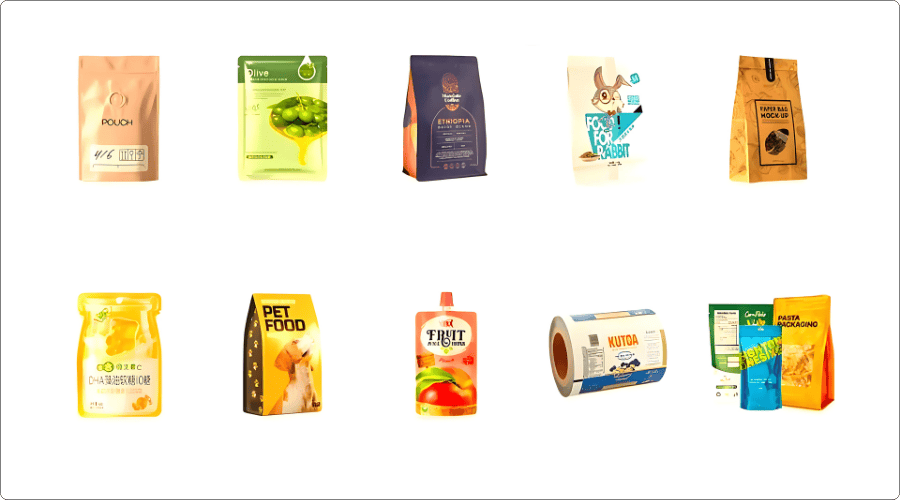
Applications of All Flex Packaging: Where Do You See It?
You interact with All Flex Packaging daily. Key applications include:
-
Food & Beverage: Coffee bags, potato chip packets, frozen food bags, pet food pouches, liquid pouches.
-
Pharmaceuticals: Blister pack foils, powder sachets, sterile medical device packaging.
-
Personal Care & Cosmetics: Shampoo sachets, lotion tubes, face mask packaging.
-
Industrial: Chemical bags, agricultural product packaging.
FAQs About All Flex Packaging
Q1: Is All Flex Packaging recyclable?
A: This is a common and important question. The recyclability depends on the materials used. Monomaterials (like pure PE pouches) are increasingly common and are more easily recyclable. Complex multi-material laminates can be challenging, but the industry is actively developing new recyclable and compostable structures. Always check local recycling guidelines.
Q2: Is flexible packaging cost-effective?
A: Absolutely. While the per-unit cost can vary, the significant savings in shipping and storage due to its lightweight and efficient nature often make it the most cost-effective solution overall.
Q3: Can I get custom-shaped flexible packaging?
A: Yes. Stand-up pouches, spouted pouches, and shaped flat pouches are all possible. The flexibility of the materials allows for a wide range of custom shapes and sizes to fit your unique brand identity.
Q4: How is the printing quality on flexible packaging?
A: Modern flexographic and digital printing technologies allow for exceptionally high-quality, photorealistic graphics on flexible materials, making your product shine.
Conclusion: The Future is Flexible
All Flex Packaging is more than just a trend; it’s a smarter, more efficient, and highly adaptable solution meeting the modern demands of brands, retailers, and consumers. Its ability to combine supreme protection with stunning aesthetics and operational savings ensures its position as the future of packaging.

Partner with CloudFilm for Your All Flex Packaging Solutions
Ready to leverage the power of All Flex Packaging for your brand? Look no further than CloudFilm. We specialize in manufacturing high-quality, innovative flexible packaging films.
We offer superior barrier protection, brilliant printability, and a commitment to sustainability. Our technical experts are here to help you design the perfect packaging solution that reduces costs, elevates your brand, and delights your customers.
